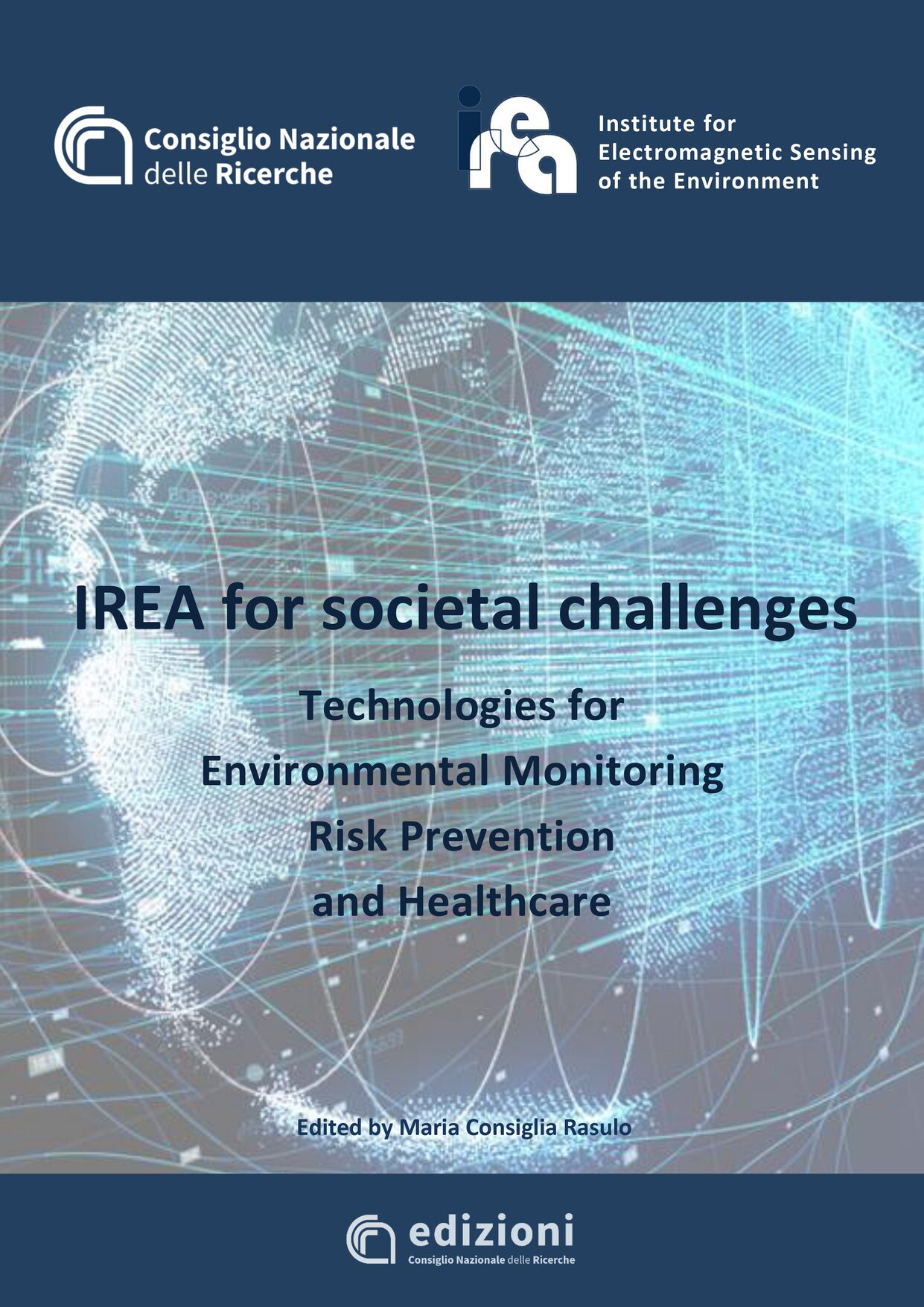
Atmospheric gases, aerosols and vapors contribute to absorb, scatter and refract the incident solar radiation and reflected from the surface. This set of phenomena, which depend on wavelength, is called "atmospheric effect" and can be an obstruction to remote sensing because:
- blurs the image by reducing the contrast between objects;
- hinders the temporal comparison of image data as contaminated by the variability of the optical properties of the atmosphere at the time of recovery;
- complicates the derivation of the spectral signature of the observed surfaces.
- radiative transfer models;
- image-based simplified methods.



